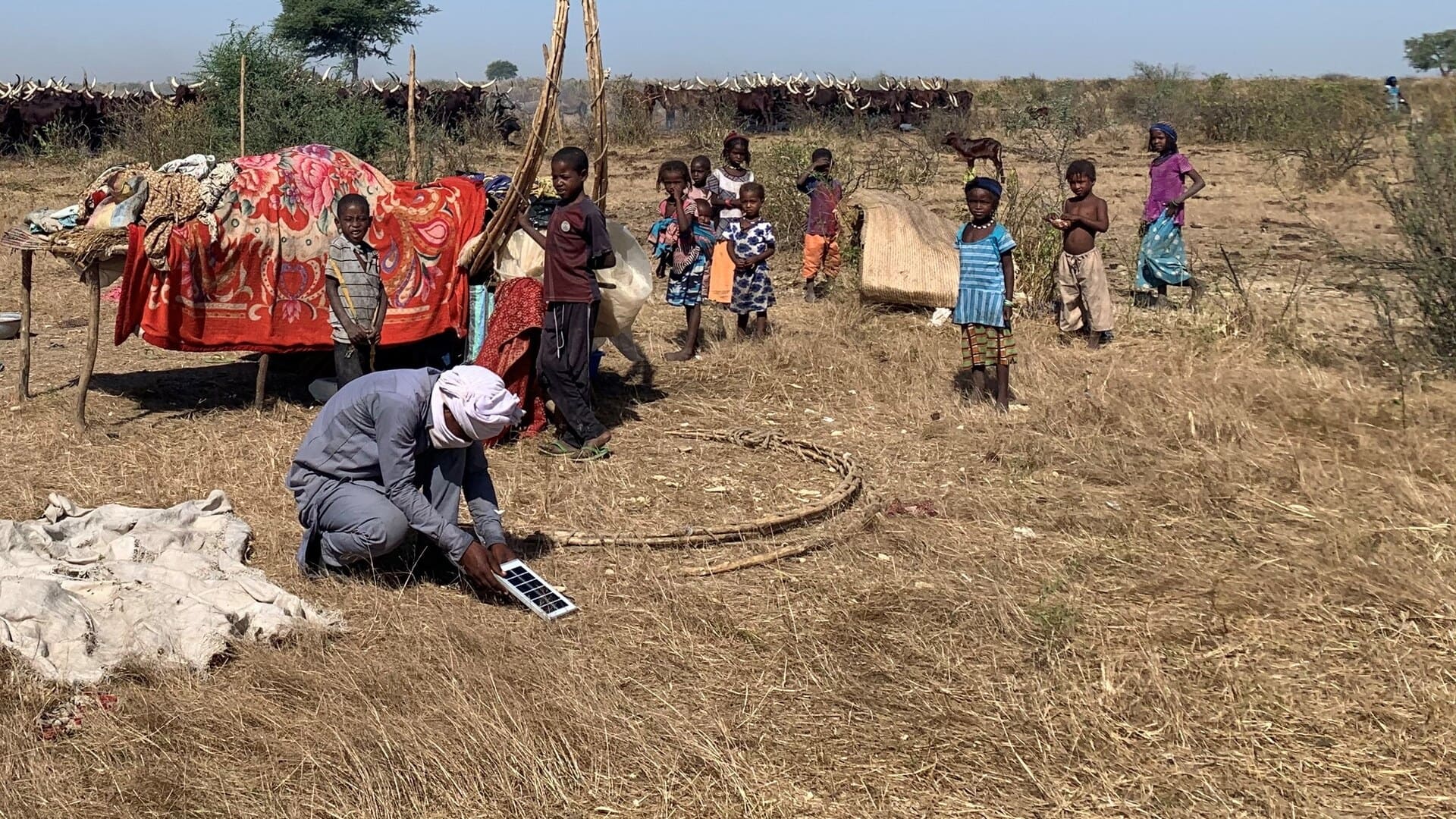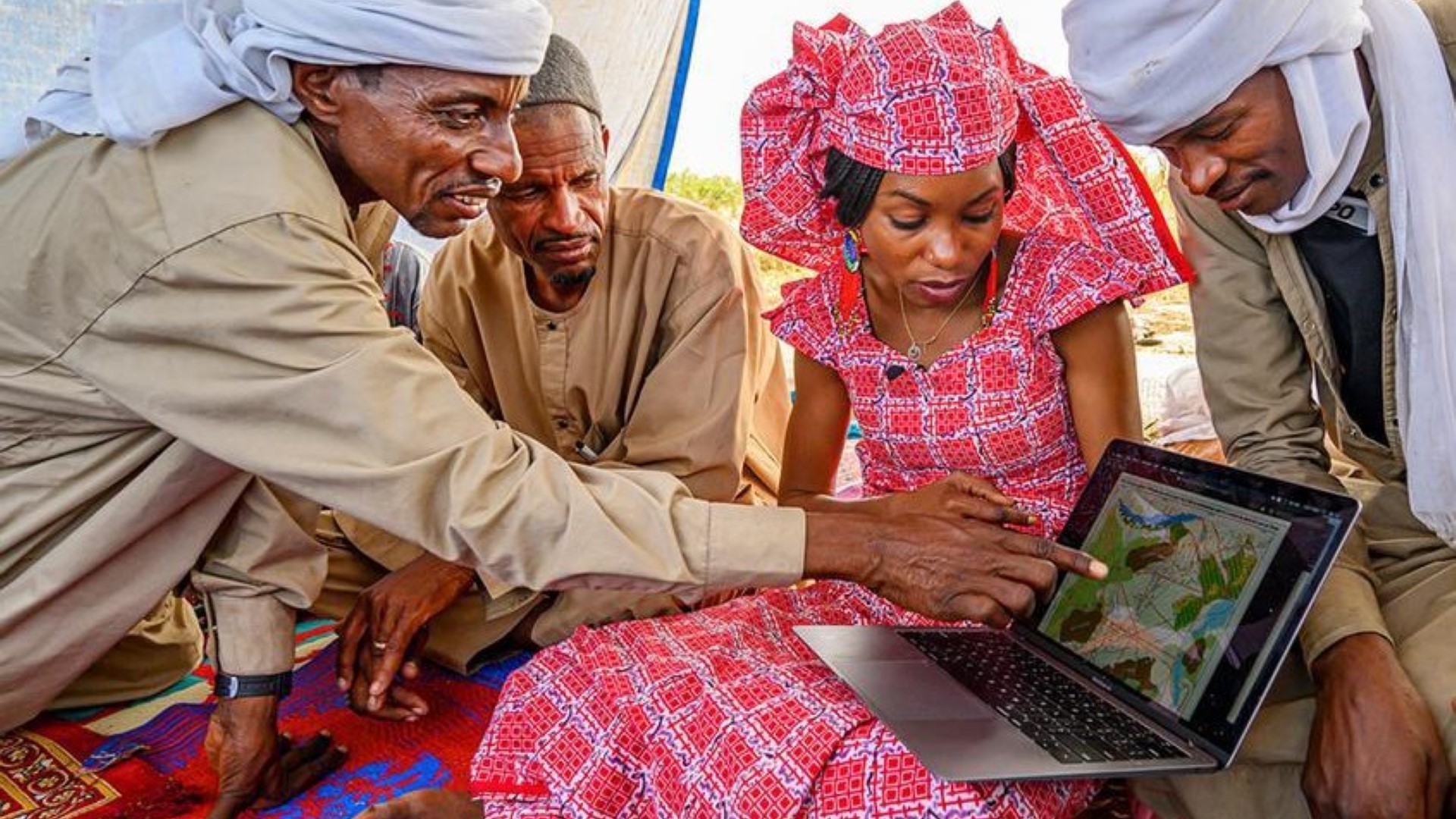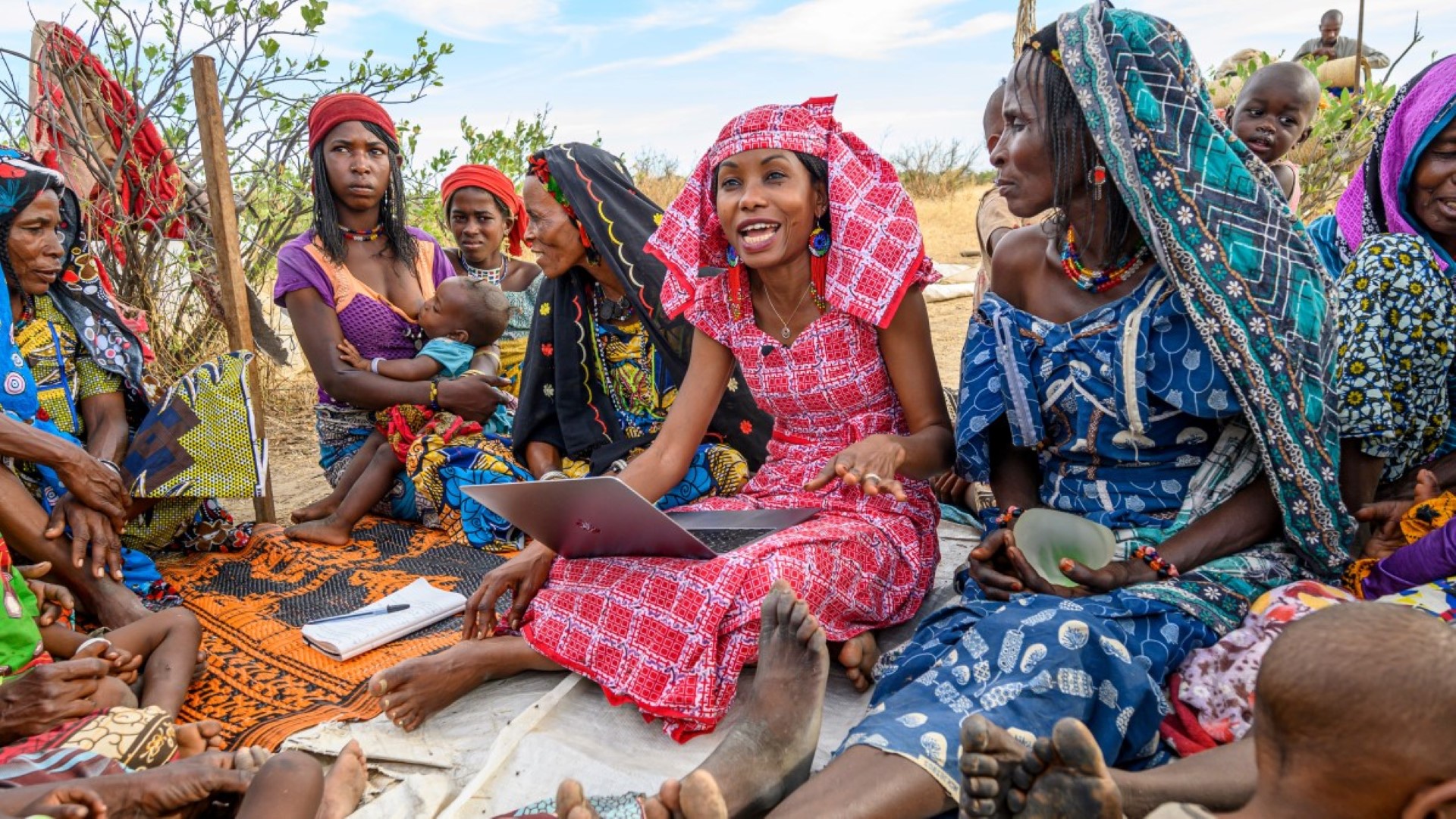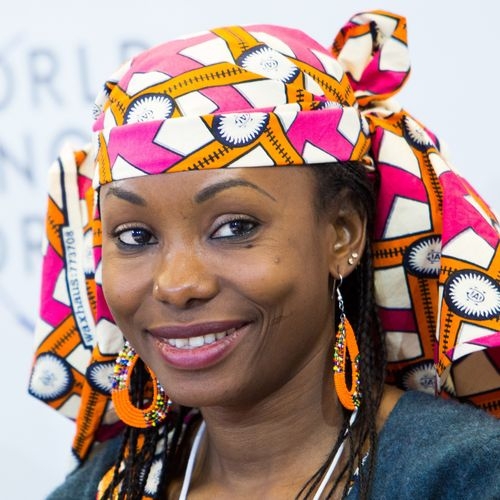Advocating indigenous peoples’ knowledge in fighting climate change
For the pastoralist Mbororo people to which SDG Advocate Hindou Ibrahim belongs, climate change is not just a series of warnings. Her message is a simple one: we must rebuild our relationship with nature and do this in partnership with indigenous people.

The impact of climate change on the Mbororo people in Chad
Climate change has a profound economic impact, not just on our community but on the entire Sahel region where 80% of the population live in rural areas and rely on agriculture for their daily needs.
In Chad today, climate change results in more extreme heat waves that kill our cattle and destroy our crops, dramatically decreasing agriculture productivity. The brutal changes that climate change brings to the rhythm of the seasons, with severe drought followed by heavy rains and sometimes floods, makes the life of farmers extremely difficult. In addition, climate change fuels poverty and food insecurity with the fast advancement of desertification becoming the new reality and leading to migration.
As natural resources shrink due to climate disruption and people are increasingly tempted to fight for scarce water resources or fertile land, tensions and conflicts between farmers, cattle herders and fishers grow, sometimes even turning deadly. That is especially true for my indigenous nomadic community. We don’t use supermarkets, we don’t have jobs in offices, we don’t have a salary. We depend entirely on nature and on what nature gives us: food water, medicine and fibres for clothing.
Indigenous peoples: centuries of wisdom from living in harmony with nature
Protecting and sustainably managing ecosystems is part of my culture and way of life as an indigenous woman. My community consists of nomadic cattle herders who have learned from centuries of living in harmony with nature: investing in the protection of nature is investing in our children’s future.
My people have proven strategies of cooperation with farmers that we meet during our annual transhumance across the Sahel. Our cows contribute to fertilising the soil for the farmers, who, in return, share cereal and other agriculture products with us. And what is true for us, holds for many regions of the world: indigenous peoples are protectors of the planet, and also guardians of peace and stability with nature and people.
In my nomadic community, there are no schools. But thanks to my mom, I was educated and I created, at the age of 16, the Association for Indigenous Women and Peoples of Chad (AFPAT) to promote indigenous peoples’ rights. I have dedicated my life to advocating the integration of indigenous peoples’ knowledge and science as complementary in the fight against climate change, along with sustainable ecosystems management and nature-based solutions for climate adaptation and mitigation.
3D participatory mapping: integrating technology, science and indigenous peoples’ traditional knowledge
Climate change and resource scarcity are provoking conflict all across the Sahel region. My non-profit organisation AFPAT has therefore developed innovative tools such as 3D participatory mapping and dialogues to combine indigenous peoples’ traditional knowledge and sustainable management of ecosystems for nature-based resource conflict prevention at the local level.

3D participatory mapping brings together technology, science and indigenous peoples’ traditional knowledge to help local communities adapt to climate change and mitigate its impact. It builds better understanding between farmers, pastoralists and local government authorities, resulting in fewer conflicts over limited resources. 3D participatory mapping has proven to be a valuable tool to contribute to the design of agricultural and pastoral policies at both the local, regional and national level in the Sahel region.
As a result, specific programmes have been developed based on indigenous peoples’ traditional knowledge. These programmes relate to adaptation strategies using indigenous peoples’ ability to provide accurate weather forecast to farmers, sustainable pastoralism practices to help combat the fast advancement of desertification, nature-based solutions to protect and share fresh-water resources, and the identification of drought-resistant crops.
3D participatory mapping: a solution to prevent regional resource scarcity conflicts
The ultimate benefit of 3D participatory mapping and dialogues is that more communities can adapt to climate change and reduce the risk of resource scarcity conflicts. At AFPAT, we have therefore also used those tools in our engagement with many governments in the Sahel, including Burkina Faso, Benin and Chad, to include indigenous knowledge in their National Adaptation Plans.
After convening workshops with local communities and scientists, we shared the findings and insights of 3D participatory mapping with key government officials. After a workshop with the government of Chad and local authorities, a senior minister said that “if a small organisation like AFPAT can do this mapping to manage their resources better, we can do better too”.
As a result, the governments we worked with now include insights delivered by 3D participatory mapping into their recommendations on when to move cattle, when to plant and how to decrease conflict and tensions through better planning. That resulted, for example, in the reopening of a transhumance corridor in Chad. This corridor enabled indigenous pastoralists to travel the shortest distance to access fresh water and significantly reduced regional tensions.
A global framework for integrating indigenous peoples’ traditional knowledge into climate policies
3D participatory mapping has also been a very effective tool to build awareness, understanding and support for indigenous peoples’ traditional knowledge with policymakers on the global level. Thanks to this innovative tool, we can share the knowledge and expertise of indigenous pastoral peoples in Chad on a broader scale. That made it possible to make a case for why it is vital to integrate indigenous peoples’ traditional knowledge and expertise along with science when designing global climate solutions.

Let me give one example. In the lead up to the United Nations Climate Change Conference in 2015 in Paris, I shared the 3D participatory mapping outcomes with key policymakers across governments at the local, national and global level. Today, thanks to the collective work of indigenous peoples’ advocacy, the Paris Agreement recognises for the first time the importance of indigenous peoples’ traditional knowledge. It provides a framework for its integration into climate policies through the LICPP, the Local Communities and Indigenous Peoples’ Platform.
Science and indigenous peoples’ traditional knowledge can no longer be ignored
For too long, there has been scepticism about listening to the wisdom of indigenous peoples. And yet, we are living on the frontline of environmental degradation, and have a century-long history of living in harmony with nature as the guardians of biodiversity. Even if we make up only 5% of the global population, we manage more than a quarter of all land on earth and protect about 80% of global biodiversity located in forests.
Estimates show that 37% of the carbon emissions reductions needed to meet the Paris Agreement can come from nature-based solutions stopping deforestation, restoring degraded lands and improving natural resource management. Nature-based solutions are not just crucial to combat climate change. They are also indispensable in providing rural jobs and incomes for the people in greatest need, recovering from the COVID-19 health crisis and reducing the risks of future pandemics.
And yet, too many leaders still chose to ignore science and indigenous peoples’ traditional knowledge. Even now, we are falling short on the action needed to avert catastrophe. We don’t have another 10 years to solve climate change. We need action now, bring people together and discuss solutions.
My message as an indigenous environmental activist is, therefore, a simple one: we must rebuild our relationship with nature for the survival of people and planet, and we must do this in partnership with indigenous peoples.
